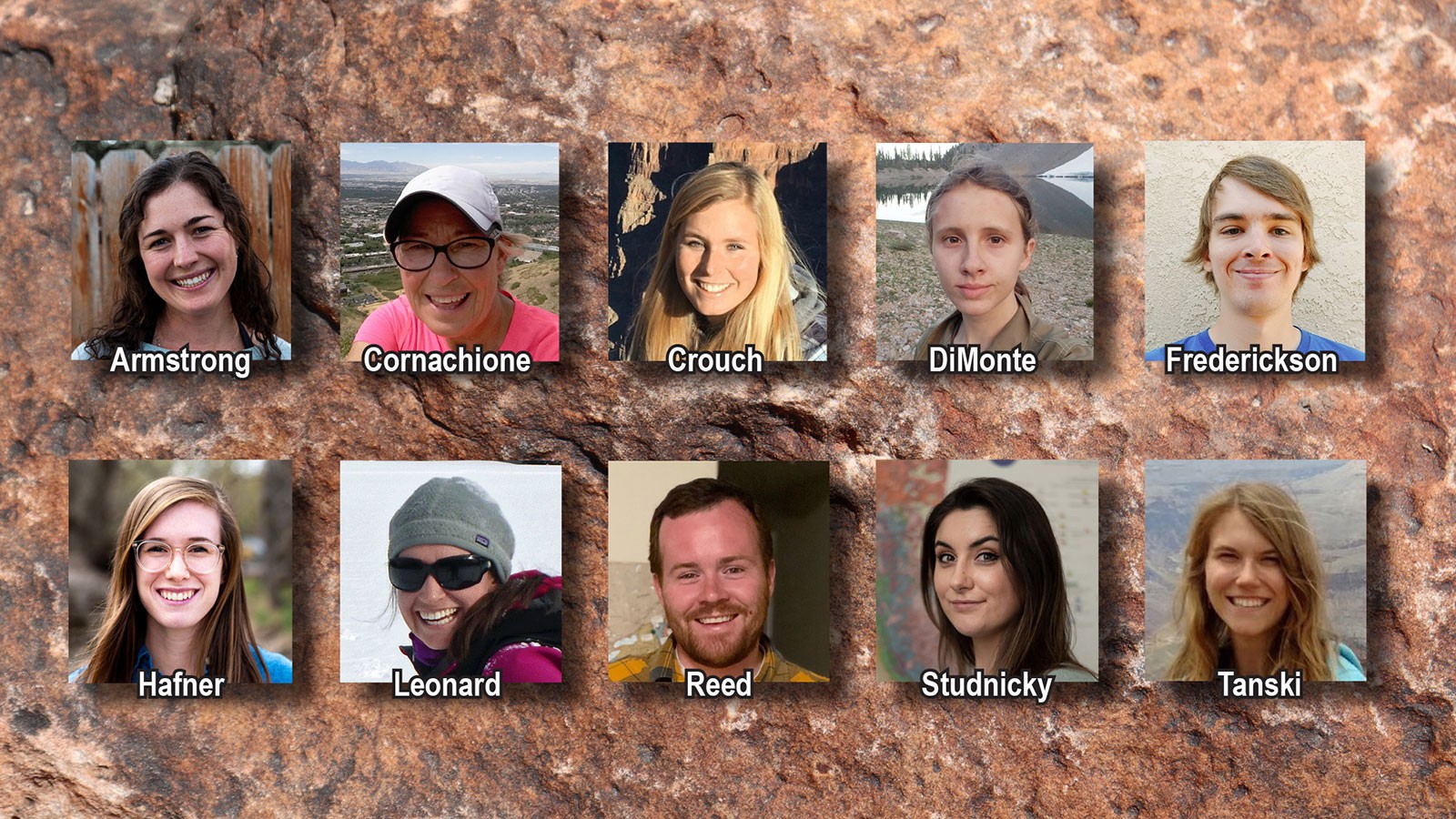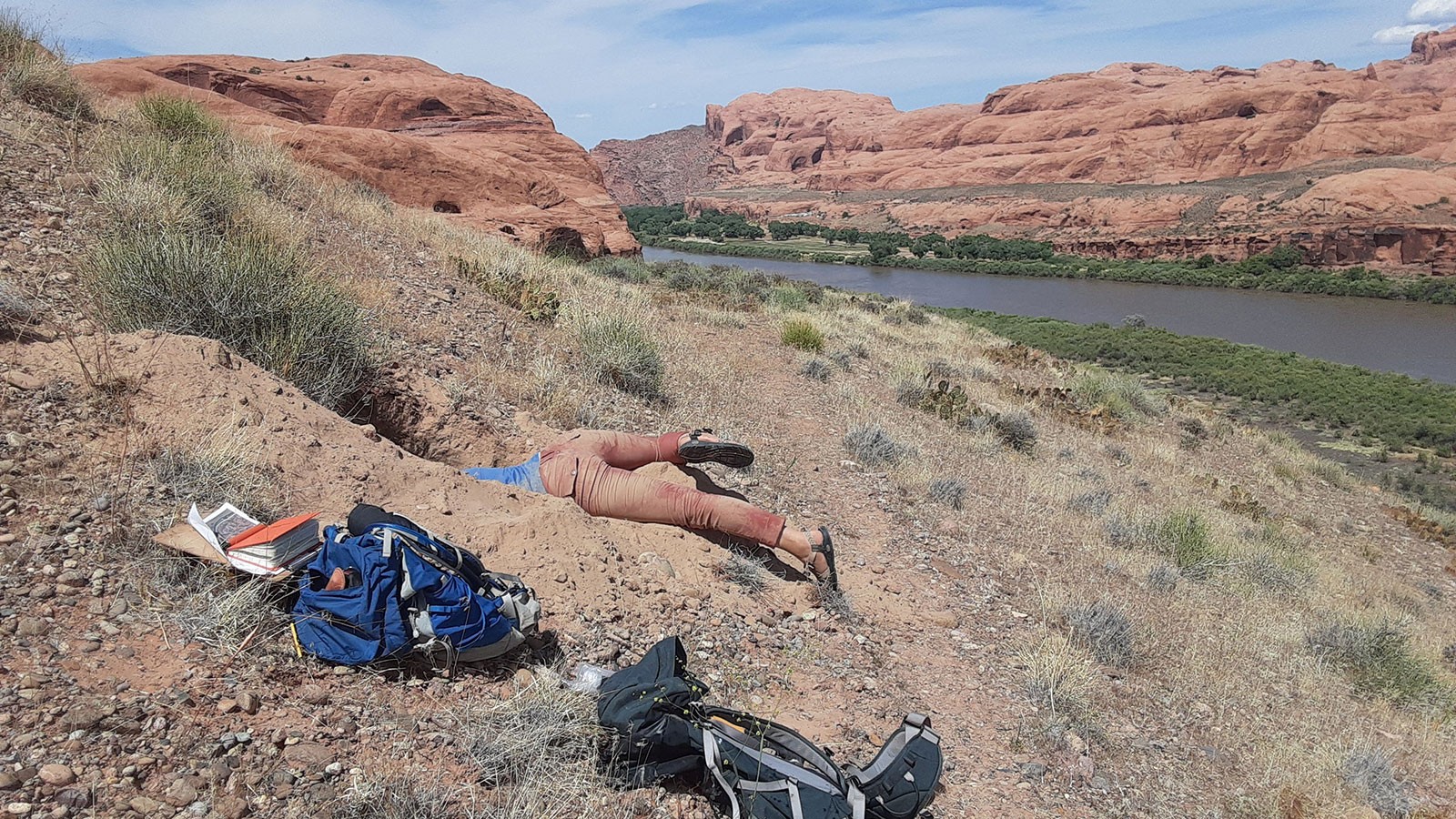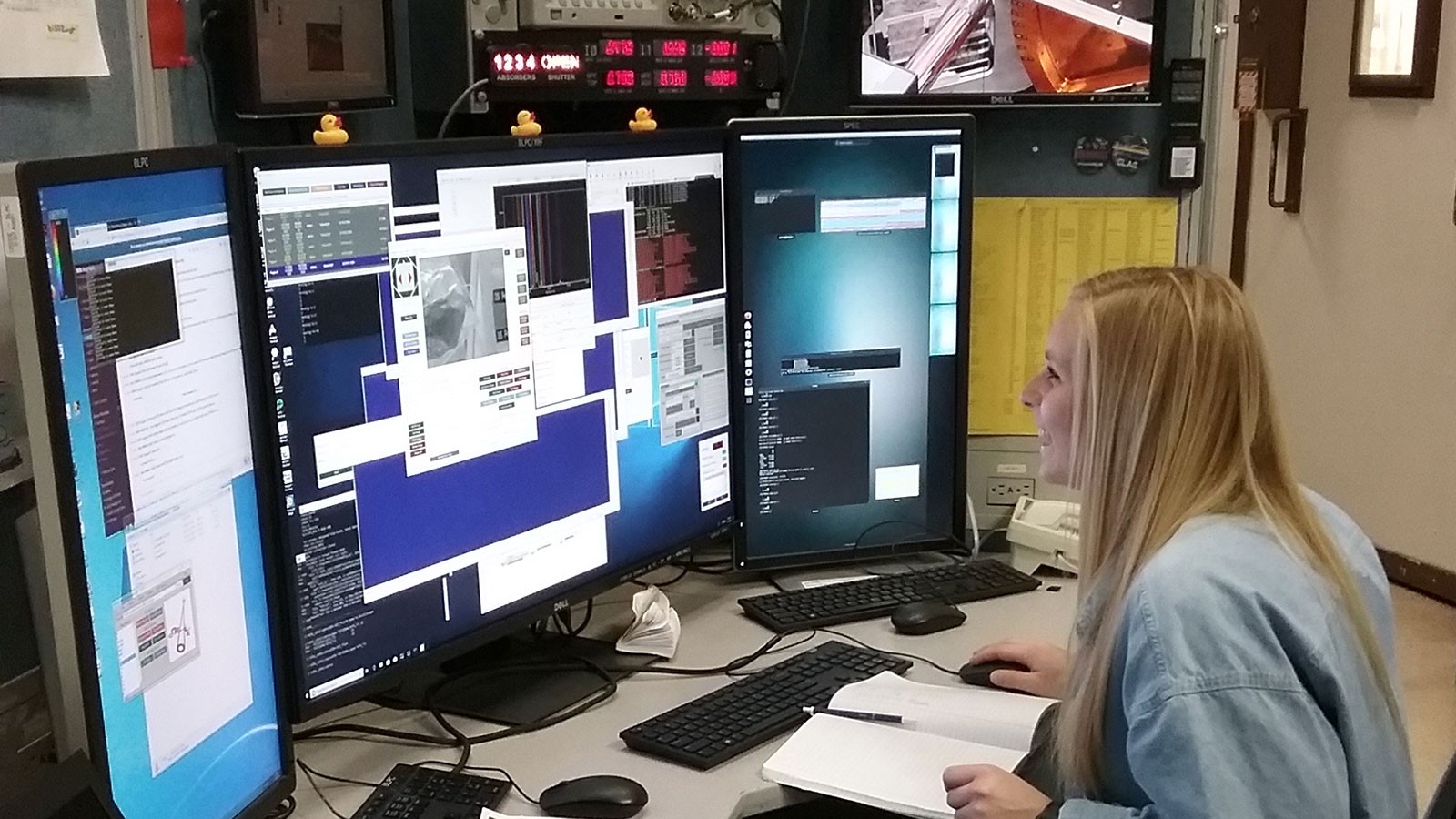USU Geosciences Grad Students Excel in International Research Grant Competition
By Mary-Ann Muffoletto |
Ten USU geosciences scholars are recipients of Geological Society of America Graduate Research Grants. The Aggies tied for first among 134 institutions in North and Central America, whose students competed in the 2020 selection process.
Utah State University geosciences graduate students excelled in the Geological Society of America’s 2020 Graduate Student Research Grant competition, with 10 Aggies receiving grants to support thesis and dissertation research. Vying with students from throughout the United States, Canada, Mexico and several Central American countries, USU scholars tied for first among students representing 134 institutions.
“Our scholars always do well in this competition and we are so fortunate to have such great graduate students,” says James “Jim” Evans, professor in USU’s Department of Geosciences. “We’re also fortunate to have strong support for our students from professional societies, such as the GSA.”
USU GSA grant awardees are Ema Armstrong, Harriet Cornachione, Kaitlyn Crouch, Alexandra DiMonte, Connor Frederickson, Alison Hafner, Christina Leonard, Tomsen Reed, Caroline Studnicky and Natalie Tanski.
Several of these students were recognized for additional accolades.
Cornachione, a doctoral student working with Professor Tammy Rittenour, is one of two recipients of the GSA’s Farouk El-Baz Student Research Grant, which supports desert studies by students.
Cornachione is investigating dune sediments across southern Utah to develop a record of dune activity extending back several thousand years, in an effort to better understand timing and duration of natural periods of aridity.
Hafner, a master’s student working with Evans, is one of 10 recipients, selected from 360 nominees, for an outstanding mention for proposals with “exceptional merit in conception and presentation.”
She is examining relationships between faults, fracture networks and fluid flow along the Salt Wash Fault in southern Utah.
Armstrong, a master’s student working with Geosciences faculty mentors Alexis Ault and Kelly Bradbury, and DiMonte, a master’s student conducting research with Ault, received the society’s Structural Geology Division Travel Grants to attend meetings in 2021.
Armstrong’s research focuses on identifying heat from past earthquakes using low-temperature thermochronometry. She’s applying this method at California’s Punchbowl Fault near the San Andreas Fault.
DiMonte is investigating fault surfaces coated with hematite, a reddish-black mineral consisting of ferric oxide, in southern California’s Mecca Hills mountain range.
Crouch, a master’s student in structural geology, who works with Evans, received a Continental Scientific Drilling Division Research Grant. Using drill core data, she is analyzing the physical and chemical properties of southern California’s San Gabriel Fault.
Frederickson, a master’s student who conducts research with faculty mentor Dennis Newell, is using isotopes of oxygen to investigate the geochemical processes involved with the formation of iron oxide minerals in the Moab, Utah area. With his findings, he’ll explore past environmental conditions.
Leonard, a doctoral student in USU’s Department of Watershed Sciences, is working with Professor Jack Schmidt to quantify the magnitude of a sediment mass imbalance necessary to cause channel adjustment in the Colorado River.
A master’s student in Applied Environmental Geoscience, Reed, who works with Professor Rittenour, is performing a rockfall hazard assessment in southern Utah’s Bryce Canyon National Park.
Studnicky, a master’s student who conducts research with Professor Evans, studies fault rocks and processes in the upper crust. She is linking fault rock to the seismic cycle in California’s San Andreas Fault.
Master’s student Tanski is investigating spatial and temporal patterns in Colorado River incision throughout the Pleistocene in southern Utah’s Canyonlands National Park region to better understand regional drivers of incision. Her faculty mentor is Professor Joel Pederson.
Founded in 1888, the GSA, headquartered in Boulder, Colorado, is an international scientific society dedicated to the advancement of geosciences.
Diving into research, Geosciences master's student Natalie Tanski collects a sample along the Colorado River near Canyonlands National Park for luminescence dating. Tanski is among USU recipients of 2020 GSA Graduate Research Grants.
Grad student Kaitlyn Crouch uses X-ray mapping at California's Standford Synchroton Radiation Lightsource to analyze properties of San Gabriel Fault drill core samples. She received the GSA’s Continental Scientific Drilling Division Research Grant.
WRITER
Mary-Ann Muffoletto
Public Relations Specialist
College of Science
435-797-3517
maryann.muffoletto@usu.edu
CONTACT
James Evans
Professor
Department of Geosciences
435-797-1267
james.evans@usu.edu
TOPICS
Awards 698stories Student Success 303stories Geosciences 74storiesComments and questions regarding this article may be directed to the contact person listed on this page.











